2″ Apistogramma baenschi
Out of stock
Apistogramma baenschi inca pair
Radek Bednarczuk explains how to keep and breed a lovely dwarf cichlid called Apistogramma baenschi.
A Japanese aquarist called Karatsu introduced a special little addition to the hobby in 2002. He had found Apistogramma baenschi and given it the common name of the Inca cichlid.
The discovery was made after Karatsu and some other Japanese fishkeepers had travelled to Peru and explored around the Rio Mayo near the town of Tarapato, catching specimens in small blackwater forest streams.
Particularly unusual about the collection locality was its height ? 800m/2,600ft above sea level ? and the surroundings more closely resembled those of the Asian rainy forest mountains than typical lowland South American forests.
A couple of years later, Dr Uwe Romer and co-authors described the species in a German aquarium magazine, naming it Apistogramma baenschi in honour of Romer?s publisher friend Hans Baensch.
The basic body coloration of A. baenschi is yellow with three to seven contrasting black lateral stripes. They also have a small blotch at the base of the caudal fin.
These dwarf cichlids are characterised by distinct sexual dimorphism and dichromatism ? so males and females differ markedly in colour and size. Males have a deep body, massive snout with prominent fleshy lips, elongated rays at the front of the dorsal fin and a blood red edge to the tail.
Females are smaller and less colourful, their dorsal fins are not elongated and half to two-thirds of the pelvic fins are black. They also have a black spot at the base of the pectorals and this becomes prominent when they are brood caring, probably emphasising that they are territorial and aggressive.
The aquarium should be as long as possible, at least 100 x 50cm/39 x 20? but ideally 150 x 60cm/59 x 24?. However, depth of water is not an issue.
Apistogramma baenschi enjoy picking over the substrate for food, so the tank should have a substrate of fine sand. Bogwood and plants, such as Amazon swords and Java moss are ideal.
They should be kept in groups of ten to 20 and will happily co-exist with Corydoras and other dwarf cichlids as these can help to make them less timid.
Pay special attention to hygiene and weekly water changes are a must as in dirty tanks they may develop diseases, including ulcers. Unfortunately, dwarf cichlids can be sensitive to medicines, so if they fall ill you may have little chance of curing them.


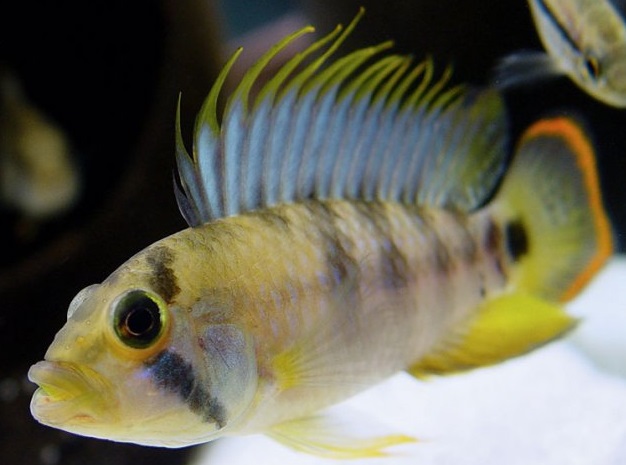
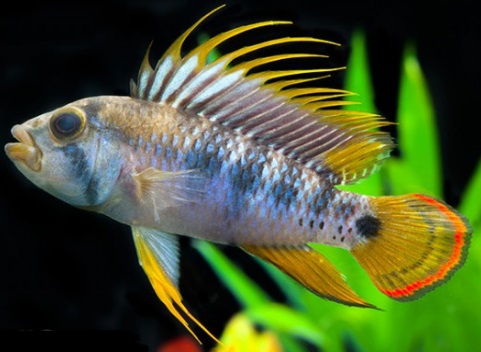
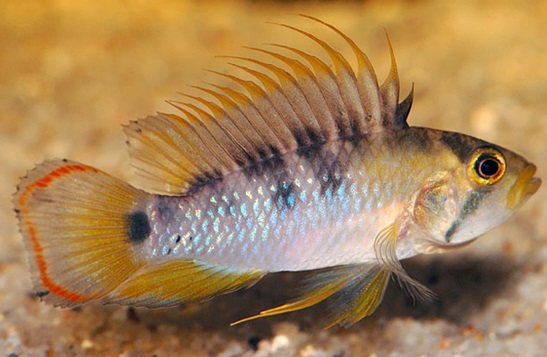
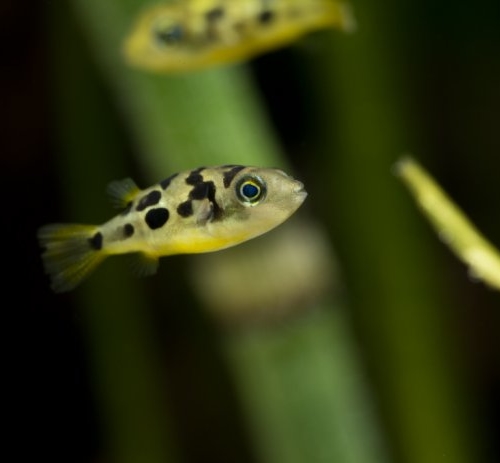
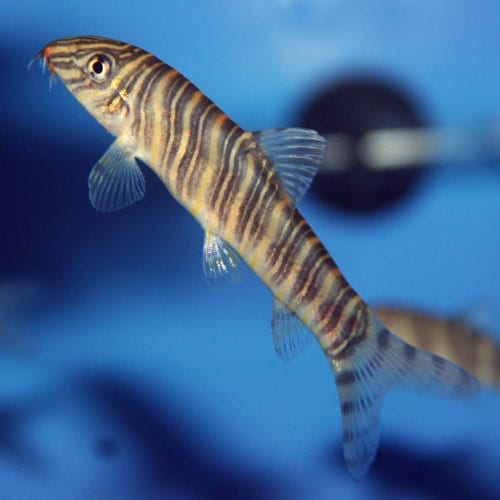
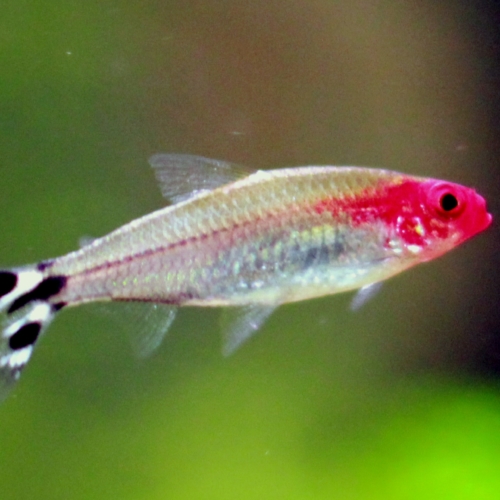
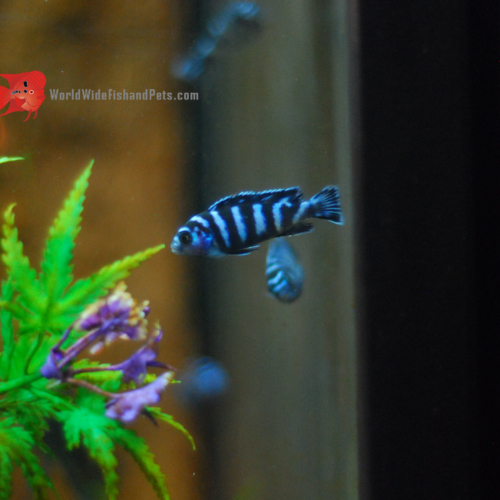
Reviews
There are no reviews yet.